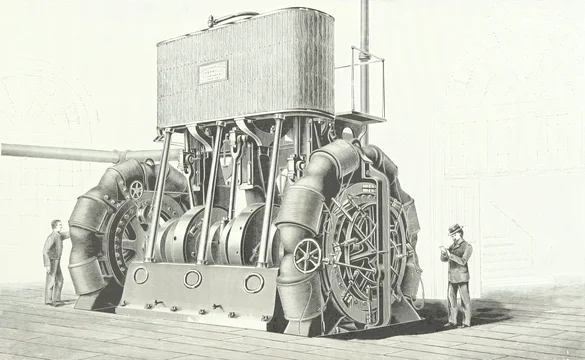Many (2) years ago, we (Andrew) wrote a (comparatively) riveting post about the Court denying a stipulation to extend redaction deadlines (insert witty parenthetical). In that post we speculated that the denial may have been due to either the number of documents affected (10) or the long length of the extension (6 weeks). No firm conclusion could be reached without greater powers of divination.

Yesterday we had another denial of a stip to extend redaction times in Qualcomm Inc. v. ARM Holdings PLC, C.A. No. 24-490-MN. D.I. 494 (D. Del. Nov. 17, 2025), that I think was a bit less mysterious.
The stipulation related to redacted SJ filings—openings, oppositions, and replies with all the accompanying papers.
The parties had already extended the deadlines for everything by several weeks when they filed a new stipulation seeking to move back the redaction deadlines for just the exhibits by a few more weeks.
I am no augur (that's Andrew's beat), and my powers to pierce the veil of the Court's reasoning are only of for mundane sort. But for my money, the key reason this stip was denied can be found in the following passage—I dare you to read it without your eyes glazing over:
the deadline for the parties to file redacted versions of their respective declarations and exhibits associated with opening (D.I. 410-413, 416-418, 422-424, 427-429, 432, 435-436, 439-440, 444-445), opposition (D.I. 448-450, 452, 454-455, 457, 459, 465-470), and reply (D.I. 479-480, 483, 485, 487, 491-492) summary judgment and Daubert papers is here by extended to December 1, 2025.
I tried to count how many docket items this is like 3 times before giving up. I can tell you it's on the order of 50, shoot me an email if you've got what you think is the real number (I promise I won't even try to check your math!).
[Edited by Andrew: It's 41. I think.]







